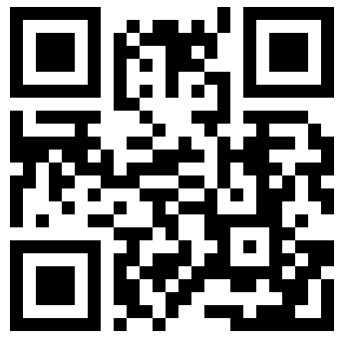Phone
+86 18630938527
Osteoporosis is a common bone disease characterized by reduced bone mass and destruction of bone tissue microstructure, resulting in fragile and easily fractured bones. The diagnosis of osteoporosis usually includes bone density measurement and assessment of brittle fractures. In recent years, with the development of medical technology, ultrasound scanners have been widely used in the diagnosis and tracking of osteoporosis. This article will explore the application value of ultrasound scanners in the diagnosis and tracking of osteoporosis.
1、 The working principle of ultrasonic scanner
Ultrasonic scanners use high-frequency sound waves (usually between 100kHz and 20MHz) to scan specific parts of the human body to obtain high-resolution images. When ultrasonic signals propagate in human tissues, they will reflect and refract at the interfaces of different tissues, resulting in echo signals. These echo signals are received by the receiver and converted into electrical signals, which are further processed to form images.
2、 Application of ultrasound scanner in the diagnosis of osteoporosis
Bone density measurement
Bone density is an important indicator for measuring bone quality and the main basis for diagnosing osteoporosis. Ultrasound scanners can calculate bone density by measuring the velocity of sound (SOS) and broadband ultrasound attenuation (BUA) of bone tissue. Compared with traditional X-ray bone density measurement methods, ultrasound scanners have advantages such as no radiation, moderate price, and easy operation, especially suitable for children, pregnant women, and people who frequently undergo X-ray examinations for a long time.
Assessment of Skeletal Muscle Injury
Patients with osteoporosis are prone to muscle and bone damage due to reduced bone mass and destruction of bone tissue microstructure. Ultrasound scanners can clearly display the anatomical structure of muscles and bones, helping doctors diagnose and evaluate the degree of injury. For example, in terms of muscles, ultrasound scanning can detect muscle edema, inflammation, atrophy, and other conditions; In terms of bones, ultrasound scanning can detect situations such as fractures, osteoarthritis, and bone hyperplasia.
3、 Application of ultrasound scanner in tracking osteoporosis
Evaluation of therapeutic effects
There are various treatment methods for osteoporosis, including medication, physical therapy, and exercise therapy. Ultrasound scanners can evaluate treatment effectiveness and help doctors adjust treatment plans. For example, by regularly measuring bone density and observing bone growth and development, the effectiveness of drug treatment can be judged; By observing the improvement of muscle injury, the effectiveness of physical therapy and exercise therapy can be judged.
Disease monitoring and prevention
Patients with osteoporosis need long-term follow-up and monitoring to track changes in their condition and prevent the occurrence of brittle fractures. Ultrasonic scanners can serve as a convenient monitoring tool to regularly assess bone health status. For example, by measuring changes in bone density, the development trend of the disease can be determined; By observing the damage to muscles and bones, the risk of fractures can be predicted.
4、 The limitations of ultrasonic scanners and their overcoming methods
The measurement accuracy is limited by the operator's technical level. In order to obtain accurate measurement results, trained doctors or technicians are required to operate ultrasonic scanners.
The measurement results are influenced by the measured part. There are differences in bone structure and density among different parts, so it is necessary to develop corresponding measurement methods and evaluation standards for different parts.
The measurement results are influenced by the degree of obesity. The adipose tissue of obese individuals has a attenuation effect on ultrasound signals, which affects the accuracy of measurement results. Therefore, attention should be paid to controlling the impact of obesity levels during measurement.
To overcome these limitations, it is necessary to strengthen technical training, develop standardized operating procedures and evaluation standards, and strengthen scientific research to explore more accurate and convenient methods for diagnosing and tracking osteoporosis.
In summary, ultrasound scanners have important application value in the diagnosis and tracking of osteoporosis. It has the advantages of being radiation free, affordable, and easy to operate, making it suitable for different populations. However, in order to fully unleash its potential, it is necessary to strengthen technical training, develop standardized operating procedures and evaluation standards, and continuously explore new application areas.
If you have any questions, please contact us!
CONTACT US

